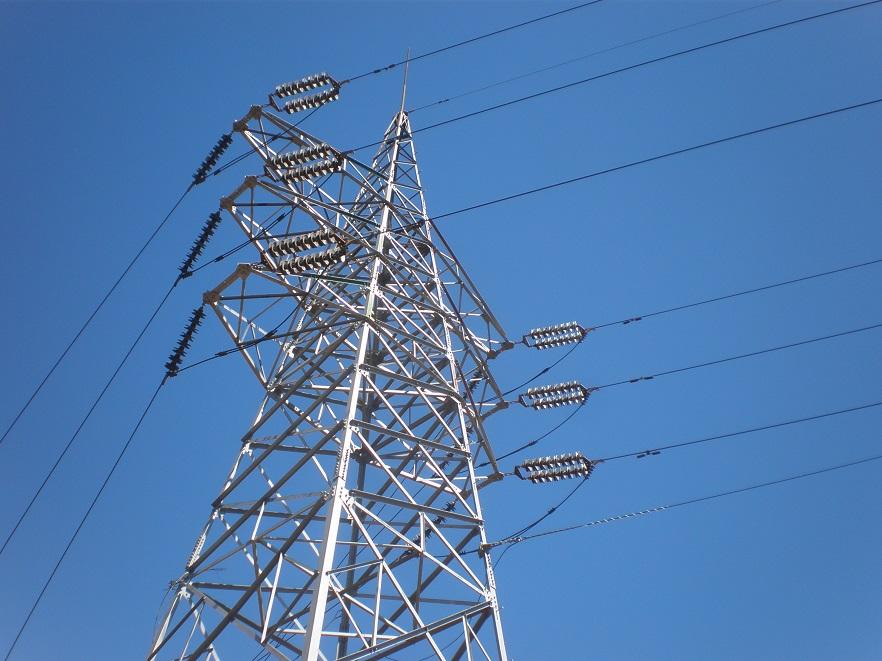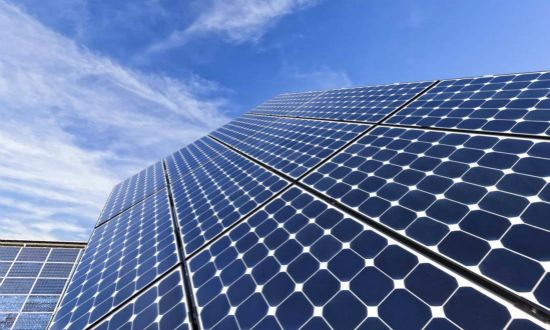Commonly used plastics for wires and cables include polyethylene, cross-linked polyethylene, polyvinyl chloride, polypropylene, polyolefin, fluoroplastics, nylon, etc.
Polyethylene is currently the most widely used and most used plastic. From the data in the table, it can be seen that polyethylene has low meson loss, high electrical resistivity, high breakdown field strength, good weather resistance, and good manufacturability. It is currently the best electrical Insulation Materials. However, due to its low operating temperature, it is mainly used as insulation for communication cables. Medium-density and high-density polyethylene have high strength and hardness, and their water permeability is low, and they are mostly used as cable sheaths. However, polyethylene has the biggest disadvantage, that is, it is easy to burn and has strong black smoke, so its application has brought many hidden dangers to the environment.
Cross-linked polyethylene is an excellent thermosetting insulating material formed by adding a cross-linking agent to low-density polyethylene. On the basis of inheriting many excellent properties of polyethylene, it has improved mechanical properties, weather resistance and allowable working temperature, thus becoming the best insulating material for power cables.
Due to the different cross-linking agents added, different cross-linking processes are formed. At present, there are three kinds of chemical cross-linking, warm water cross-linking, and radiation cross-linking that are most used. Chemical crosslinking is mainly used for medium and high voltage cables (such as 10KV and above); warm water crosslinking and radiation crosslinking are mainly used for low voltage cables (1kV and below).

The insulation performance of cross-linked polyethylene is closely related to its purity. High-voltage and ultra-high voltage cables above 35KV must be insulated with ultra-clean cross-linked polyethylene, which not only requires high purity of raw materials, but also requires high cleanliness of cross-linking process equipment and environment, and the process is stable and reliable.
It should be particularly pointed out that the insulation performance of polyethylene and cross-linked polyethylene has a “quirk”, that is, it is suitable for AC insulation, not DC insulation, especially DC high voltage will reduce its insulation life. Therefore, the DC cable insulation is mostly rubber insulation or oil-paper insulation. In addition, polyethylene and cross-linked polyethylene insulation have “hydrophobia”, and their breakdown is often related to the presence of water, that is, the formation of “water branches” under high voltage, leading to insulation damage. Therefore, when polyethylene and cross-linked polyethylene are used for the insulation of high-voltage and ultra-high-voltage cables, they are particularly “water-proof” during their processing, storage and transportation, and insulation extrusion, and there should be a water-blocking structure outside the cable insulation shield, such as metal jacket.

Polyvinyl chloride has good physical and mechanical properties and excellent process performance. It is the most used plastic in the 20th century. It is also the main insulation material and sheath material for low-voltage wires and cables. But entering the 21st century, PVC cable will gradually shrink or even fade out in the cable market. There are two reasons for this. On the one hand, people’s safety awareness has increased and they hope to adopt halogen-free materials, so many halogen-free materials have emerged. There is no doubt that it will become the new favorite of the 21st century cable industry and squeeze the market. On the other hand, PVC has five weaknesses: one is its high density, which is about 1.5 times that of cross-linked polyethylene, and its insulation cost is high; the other is its low operating temperature; and the third is its higher dielectric loss than cross-linked polyethylene. One hundred times higher; fourth, poor cold resistance (brittle at -15 degrees); fifth, toxic gas (HCL) is released during combustion. In recent years, the mechanical properties, electrical heating properties, and insulation resistance of cross-linked polyvinyl chloride developed in recent years have been greatly improved. Some small cross-section cables have been introduced into the market by irradiation technology, and they have been used in equipment and installation wires, high-voltage lead wires, automotive wires and building wiring. Application, but its shortcomings of halogen cannot be changed.
